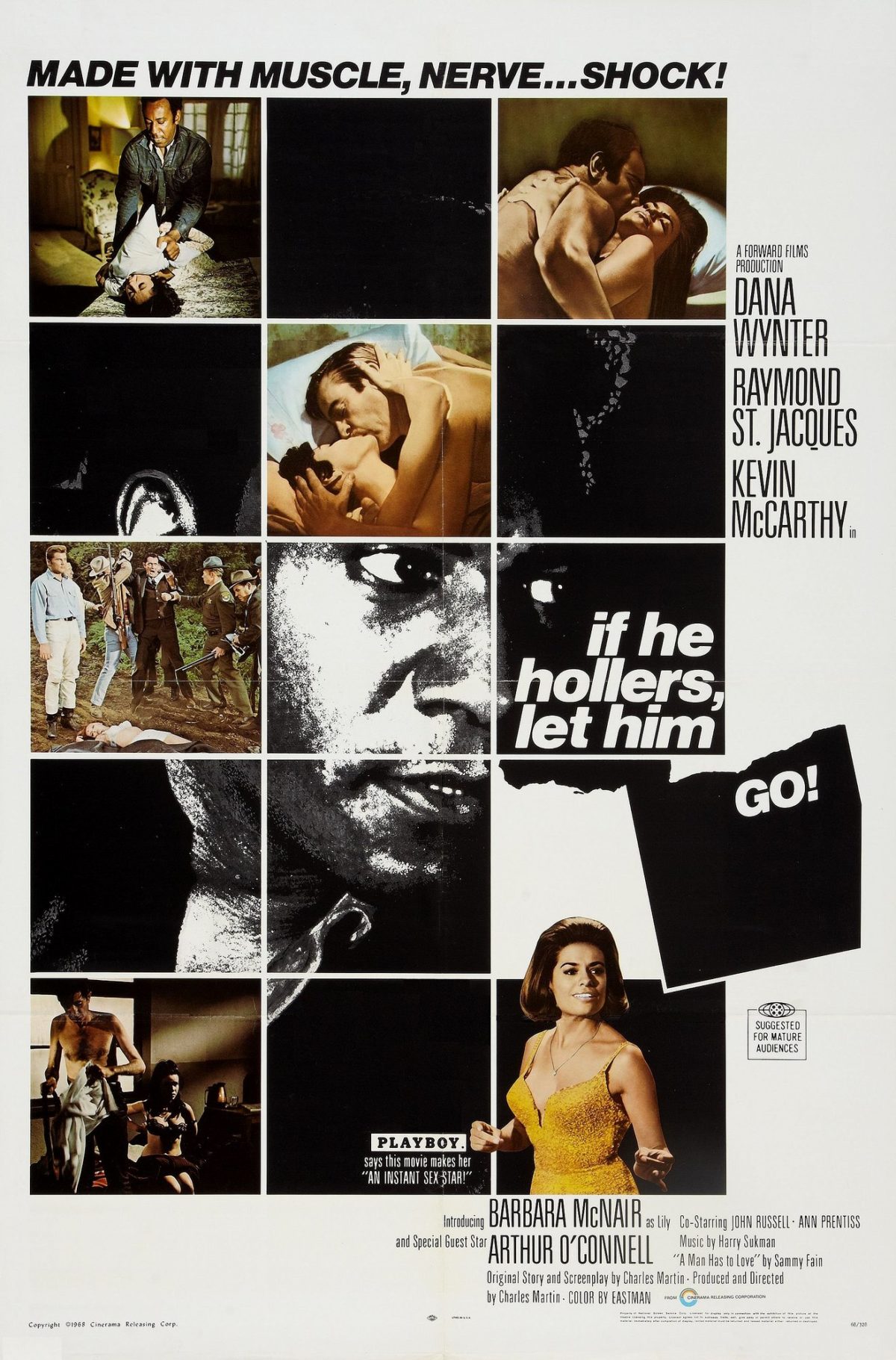Traditional noir is based on the white male gaze. Dashiell Hammett’s The Maltese Falcon and Philip Marlowe’s Farewell, My Lovely revolve around the white male protagonist’s descent into darkness without actually being overtaken by the physical and moral shadows of society. The “other” in society is defined as the opposite of the straight white male: women, foreigners, black Americans, and other non-white racial groups are pushed to the margins of society and relegated as morally dark if they do not stay in their neat geographical compartments. Yet black noir places black Americans at the center of these gruesome plots. It explores the relationship between moral and physical darkness, acknowledging the great evil that the inhabitants of the fringes of society are capable of while also revealing an exotic underworld’s separate system of justice. Chester Himes’s If He Hollers Let Him Go introduces the black male gaze as a voyeuristic yet powerful perspective that attempts to negate the politics of race and racism as well as that of the black female experience.
It becomes clear in the genre of noir that there is immense power in looking; in fact, Bell Hooks links the traumatic voyeurism of the master-slave dynamic to the cultural dissonance–especially amongst younger and older generations–of black Americans in Black looks: Race and representation. Bob is a Midwestern transplant in Los Angeles, the supposed factory of the new American dream; yet he becomes aware of the different relations of power that create a sense of both tension and competition between women and black Americans as they enter the workforce during World War II. “We stood there for an instant, our eyes locked, before either of us moved; then she deliberately backed away from me as if she was scared stiff, as if she was a naked virgin and I was King Kong” (Himes 19). Madge is a white woman who realizes that the concept of power as a system of domination that controls everything and leaves no room for freedom (as defined by the master-slave dynamic) is in fact a system of relations of power. It becomes clear that there is power in Bob’s oppositional gaze, for the ability to manipulate one’s gaze in the face of structures of domination opens up the possibility of agency (Hooks 116). Yet with this newfound (but flawed) agency, Bob negates the gaze of the black female. Ella Mae is a married black mother who shares a flat with Bob; she plays the role of the black castrating bitch who nags at the black man. “‘Good morning, Mrs. Brown,’ I said facetiously, then, lowering my voice, I added, ‘I was just thinking about you, baby.’ She smiled self-consciously, but her look made me button up my pyjamas. ‘Your clock woke the baby up,’ she said” (Himes 7). Ella Mae foils Madge as she is not an object of desire, but instead is an object that maintains the scopophilia of white women. In this way the black female body is denied so as to perpetuate white supremacy and phallocentric spectatorship where woman to be looked at and desired as “white.”

I found your thoughts on the oppositional gaze really interesting and thought your connection to If He Hollers was really good. Although we read this novel in the earlier parts of the semester, it does connect well to where we are now, as If He Hollers has the most black female characters present. However, just because these characters are present does not necessarily mean it is an accurate representation. I thought your last point about “the black female is denied so as to perpetuate white supremacy,” explains this quite nicely.